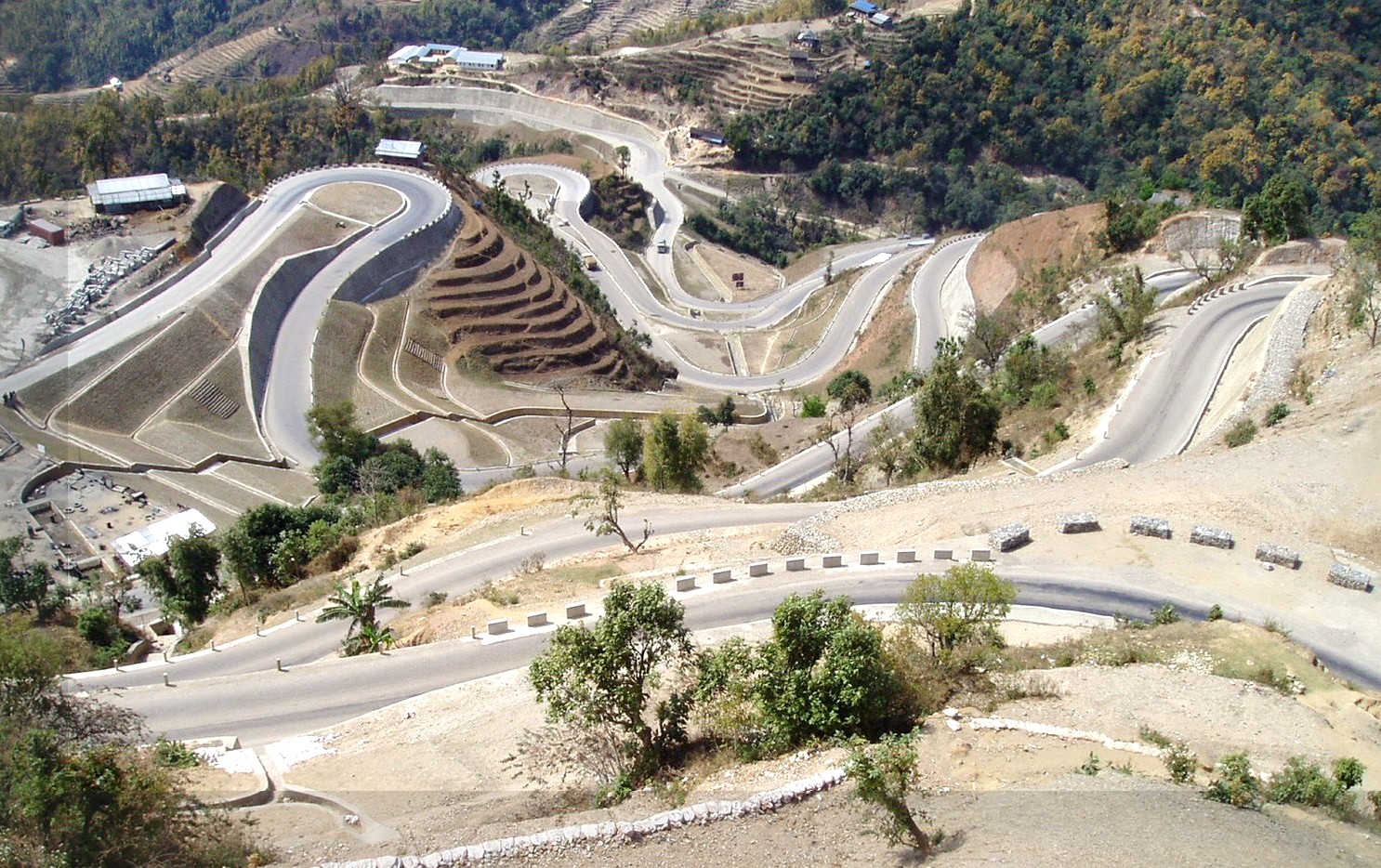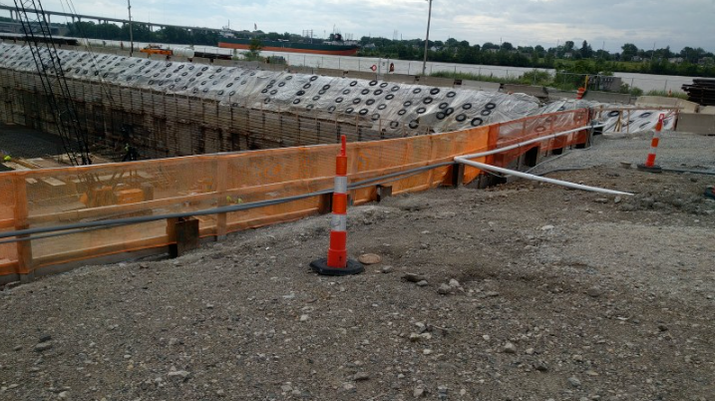Specialized Geotechnical Works for Lasting Building Solutions
Specialized Geotechnical Works for Lasting Building Solutions
Blog Article
A Thorough Examination of the Providers Supplied by Consulting Engineers in the Field of Geotechnical Design: From Website Examination to Job Execution
Consulting designers in geotechnical engineering play an essential function in the effective execution of building and construction projects, starting with comprehensive website examinations that expose important subsurface conditions. Their expertise extends to dirt residential or commercial property assessments, ecological impact evaluations, and the cautious surveillance of job implementation, making certain positioning with security and sustainability standards.
Significance of Geotechnical Design
Geotechnical design is a crucial discipline that underpins the safety and sustainability of civil facilities projects. By comprehending the mechanical behavior of dirt and rock products, geotechnical engineers analyze the viability of websites for various constructions, consisting of structures, bridges, and dams. This essential evaluation ensures that frameworks can hold up against ecological variables and tons without experiencing failing.
The importance of geotechnical engineering expands past simple architectural security; it also encompasses environmental stewardship. Correct geotechnical analyses contribute to decreasing the environmental effect of building. Through mindful examination of soil residential properties and groundwater conditions, designers can create foundations and keeping frameworks that mitigate dangers such as disintegration and landslides, advertising long-lasting stability.
In addition, geotechnical engineering plays a crucial duty in task expense monitoring. geotechnical works. By recognizing possible issues early in the style phase, designers can recommend proper solutions, therefore staying clear of costly hold-ups and redesigns during building. This aggressive technique not only boosts project efficiency however additionally considerably reduces risks related to unexpected site conditions
Site Investigation Methods
Reliable website investigation techniques are necessary for collecting precise data regarding subsurface problems prior to building and construction. These techniques promote the understanding of the geological and hydrological environment, which is critical for ensuring the stability and safety of recommended structures.
Common approaches used in website examinations include borehole drilling, which enables designers to draw out dirt examples at different depths, supplying understandings into stratification and material types. Furthermore, geophysical surveys, such as seismic refraction and electric resistivity, offer non-invasive methods to examine subsurface features over bigger locations. These approaches can help identify abnormalities without extensive excavation.
Examination pits are another important strategy, supplying straight monitoring of dirt layers and enabling in-situ screening. geotechnical works. This strategy is particularly valuable for shallow excavations and can help evaluate groundwater levels. Cone penetration examinations (CPT) are progressively used, as they supply continuous accounts of soil resistance, which helps in identifying soil stamina and layering.
Each of these methods plays an essential role in establishing a comprehensive understanding of site problems, allowing consulting engineers to make informed decisions and referrals throughout the job lifecycle. Accurate data collection during the website examination stage is pivotal to mitigating dangers and guaranteeing effective task execution.
Soil Property Analysis

The evaluation process commonly entails a mix of research laboratory tests and area investigations. Trick buildings such as shear stamina, compressibility, permeability, and wetness web content are evaluated to figure out the dirt's suitability for building functions. Typical examinations, consisting of the Atterberg restrictions, Proctor compaction, and triaxial shear tests, are frequently used to gather data on soil behavior.
In addition to these tests, in-situ techniques such as the site Standard Penetration Examination (SPT) and Cone Infiltration Test (CPT) provide important insights right into soil stratigraphy and thickness. The outcomes of these assessments notify engineers regarding possible difficulties, such as dirt liquefaction or negotiation, allowing them to create suitable reduction approaches.
Environmental Influence Assessment
Environmental impact evaluation plays a critical duty in the planning and implementation of design jobs, especially in geotechnical design. This process includes analyzing the possible ecological effects of suggested tasks on soil, water, air top quality, and surrounding ecological communities. Consulting engineers utilize various techniques, consisting of website evaluations, modeling, and area researches, to determine and quantify these impacts.
The examination commonly starts with the recognition of standard environmental conditions, which works as a reference for predicting potential changes. Engineers evaluate variables such as erosion, groundwater contamination, and habitat disturbance, making certain that all relevant environmental laws and guidelines are abided by throughout the project lifecycle. Stakeholder involvement is also an integral component of the analysis process, as it promotes communication between job programmers, local areas, and regulative bodies.
Furthermore, mitigation techniques are created to deal with determined effects, enabling engineers to suggest options or adjustments to predict designs that enhance sustainability. This positive method not just decreases unfavorable impacts on the atmosphere however also promotes public depend on and compliance with ecological regulations. Ultimately, efficient environmental effect analysis enhances the general stability and viability of geotechnical engineering tasks, sustaining accountable development methods.
Task Execution and Monitoring

Monitoring is an important element of project execution. Engineers use various strategies, such as instrumentation and area tests, to analyze dirt actions and architectural feedbacks in real-time. This continuous tracking visit this site enables the identification of any type of variances from anticipated performance, permitting timely treatments to reduce dangers.
Additionally, seeking advice from engineers keep open interaction with specialists and stakeholders throughout the procedure. Routine site evaluations and progression reports make sure that all celebrations are informed about project status and any type of arising problems. By her comment is here cultivating partnership and openness, getting in touch with engineers facilitate a much more effective execution process, thereby boosting task end results.
Inevitably, effective task execution and tracking not only promote safety and security and quality criteria yet likewise contribute to the general success of geotechnical tasks, ensuring they meet their designated objectives sustainably and properly.

Final Thought
In verdict, the role of getting in touch with engineers in geotechnical engineering includes a crucial sequence of services that ensure project success. Eventually, the complex contributions of speaking with engineers are important in addressing the complexities of geotechnical obstacles in modern-day engineering tasks.
Report this page